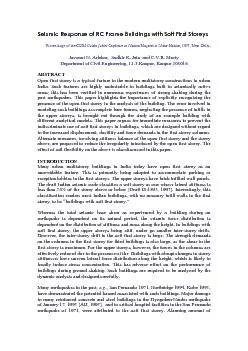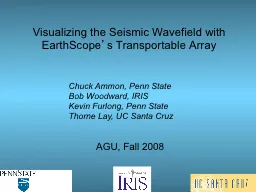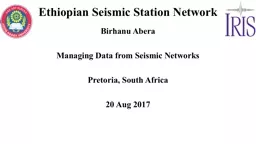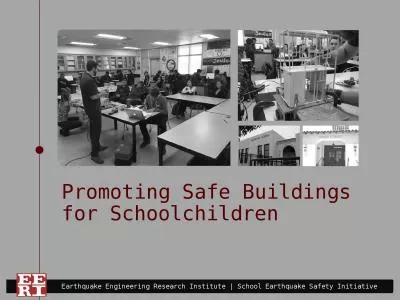PDF-Seismic Response of RC Frame Buildings with Soft First Storeys Proceed
Author : danika-pritchard | Published Date : 2015-11-03
damage to the buildings with open basemee The recent Jabalpur earthquake of 22 May 1997 Jain et al 1997 also illustrated the handicap of Indian buildings with soft
Presentation Embed Code
Download Presentation
Download Presentation The PPT/PDF document "Seismic Response of RC Frame Buildings w..." is the property of its rightful owner. Permission is granted to download and print the materials on this website for personal, non-commercial use only, and to display it on your personal computer provided you do not modify the materials and that you retain all copyright notices contained in the materials. By downloading content from our website, you accept the terms of this agreement.
Seismic Response of RC Frame Buildings with Soft First Storeys Proceed: Transcript
Download Rules Of Document
"Seismic Response of RC Frame Buildings with Soft First Storeys Proceed"The content belongs to its owner. You may download and print it for personal use, without modification, and keep all copyright notices. By downloading, you agree to these terms.
Related Documents














